Does Business Hold the Key to Community-wide Preparedness?
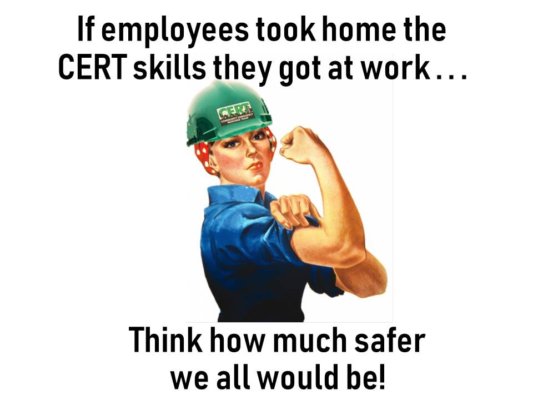
Anyone who is active in the world of emergency preparedness recognizes these simple truths:
- Disasters, whether natural or man-made, are becoming more frequent and more serious. And more deadly.
- People with a personal survival plan have a better chance of surviving a disaster than those with no plan. Same for businesses and for communities with active neighborhood emergency response groups.
- Getting individual Americans to make a plan is an uphill battle!
How Can We Help More People and More Communities Be Better Prepared for Emergencies?
The government plays a role in preparedness.
FEMA was formed in 1979 with good intentions. When disaster awareness took front stage after 9-11-2001, FEMA’s efforts ratcheted up.
Actually, even before that, FEMA had seen the efforts of Los Angeles Fire Department to train civilians in earthquake preparedness. The LAFD program was adopted in 1993 as a national program and called Community Emergency Response Team (CERT).
CERT training is now available in all 50 states. Thousands of citizens have been trained and now serve as valuable interim backup to official First Responders. Training is at minimal cost and in some cases is free.
For the past decade or so, shifting from its traditional top-down approach, FEMA has looked at improving resilience at the community level. But here we are today, having gone through Katrina, Sandy, Harvey, Irma, Maria and Michael. We’ve experienced hundreds of mass shootings, thousands of acres of historical flooding, massive wild fires, and millions of data breaches — and the level of preparedness in American families hovers unchanged at around 50%!
Why don’t individual Americans prepare for emergencies?
After 30 years of working with our individual neighbors all across the country, we have found it boils down to this: the comforts of urban living have overtaken the urgency to develop survival skills.
And there’s a secondary reason, too. While people understand that working together will give them an advantage in an emergency, our increasingly diverse and ever-more-mobile society makes working together harder.
So while people will always agree that they SHOULD be preparing, and that working together will give them an advantage, most lack the necessary leadership skills or they just aren’t willing to make the effort.
CERT Volunteers do their best to engage neighbors – but . . .
CERT training attracts a special breed of people, people who recognize risk and are eager to take action to reduce it for their families. When they have completed the CERT training they have a unique understanding of how their community and in particular how their First Responders work in a disaster. They also have skills to help save lives on the ground until those First Responders arrive.
But CERT training does not include a module on “community organizing.” Without the aptitude for sales or sales training — and lacking backing and financial support – individual CERT volunteers who want to build neighborhood groups around themselves inevitably run into a wall.
Businesses have preparedness advantages that individuals don’t.
Are you familiar with the statistics for business survival after a disaster?
FEMA reports that up to 40% of businesses never reopen after a disaster, and those that stay closed for more than 5 days are unlikely to last more than a year.
With a solid emergency preparedness or Business Contingency Plan, chances improve dramatically for a business to make it through or re-open more quickly.
But small businesses, like individual families, still lag behind in planning. They may not recognize the powerful advantages they already have for effective preparedness:
- A business is already an existing group. Its members are typically in close physical contact. They know each other. They are used to working together as a team to meet a common objective.
- Businesses have a built-in network of resources to call upon for help in planning for emergency. Those resources include other neighboring businesses, partners like suppliers, city governments, utilities, and professional advisers like accountants, attorneys, insurance agents, etc. And CERT training is available to business usually at no cost.
- Every business has a duty to protect lives, and everyone in the business has an incentive to protect their livelihood! Even if the doors of the business are closed, the business has to make sure regulatory and legal commitments are met. A proper plan can assure this continuity, keep employees paid and deflect legal assaults.
- The owner or employer sets the tone and can require and ensure that the business develop a preparedness culture.
- Where the business’s plan includes well-thought-out emergency communications with employee families, it reduces employee anxiety and gives employees an incentive to stay or at least return to work during the critical minutes and hours immediately following an event.
- And the prepared business actually adds a bonus for the whole community. Employees will take knowledge and training home and spread it within their local neighborhood.
Businesses start ahead of the game. All they have to do is get into it!
Logically businesses might first turn to their existing team of professional advisers for help in putting together a plan. These are the accountants, attorneys, bankers and insurance brokers who currently advise them on their business issues. Each has valuable expertise.
But these professionals may not see themselves having a role in emergency preparedness. So without that guidance, how can businesses turn the corner on preparedness?
Businesses can use CERT to jumpstart preparedness training at their location.
Once the business has been exposed to CERT, building a more comprehensive Business Contingency Plan will be a natural. And once employees have been exposed to CERT, they will automatically take new awareness and skills home with them right into their neighborhoods!
Spreading CERT from the business into the community at large isn’t a guaranteed or proven answer to more community resilience. But, given the uneven track record that many communities experience in trying to organize neighborhoods, this would certainly seem to be an approach worth testing.
Let us know what you think!
Here at EmergencyPlanGuide.org we’ve been committed for years to preparedness at the community level. To help businesses get started, we have published a simple guide to preparedness for small businesses. We are making it available to professional business advisers, too, along with reference materials and more resources from that particular service perspective.





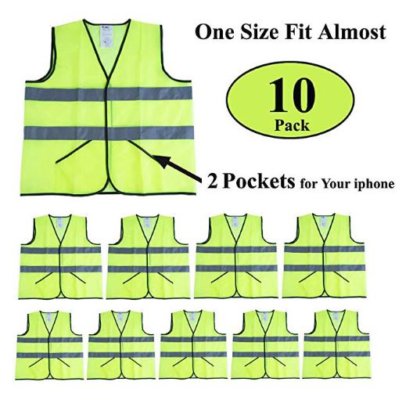




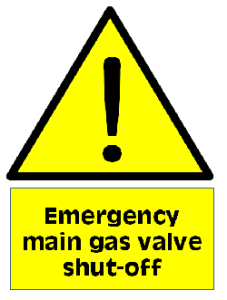








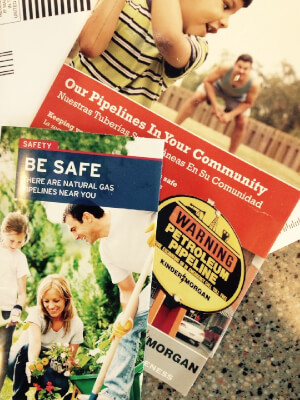
 Keep your eye open for pipeline signs. They are not required, nor are they necessarily placed in the same way every time. What they seem to have in common is the gold color.
Keep your eye open for pipeline signs. They are not required, nor are they necessarily placed in the same way every time. What they seem to have in common is the gold color. The point of all this is that with some digging (bad joke!) you can discover a lot about where pipelines are in your community and who is responsible for them.
The point of all this is that with some digging (bad joke!) you can discover a lot about where pipelines are in your community and who is responsible for them.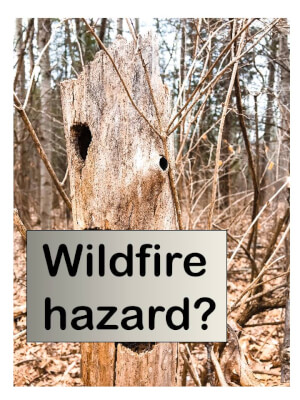 Wildfires are now a year-round threat
Wildfires are now a year-round threat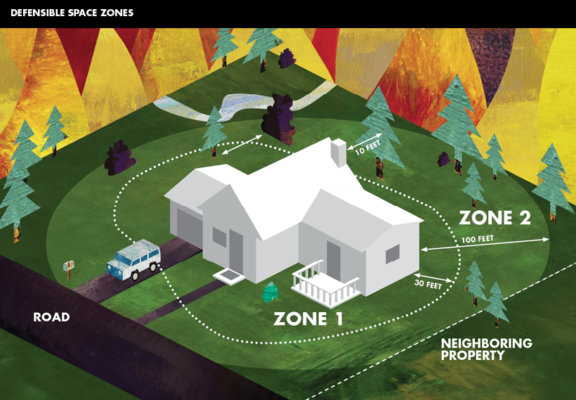

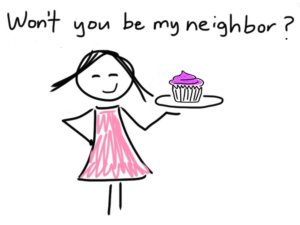 Remember this cartoon from the
Remember this cartoon from the 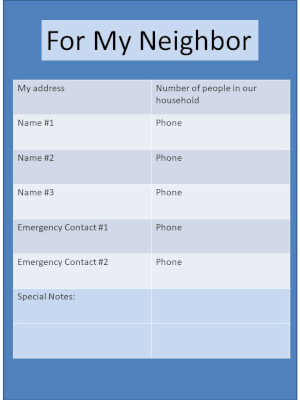 Here are instructions we’re sending along with the form:
Here are instructions we’re sending along with the form: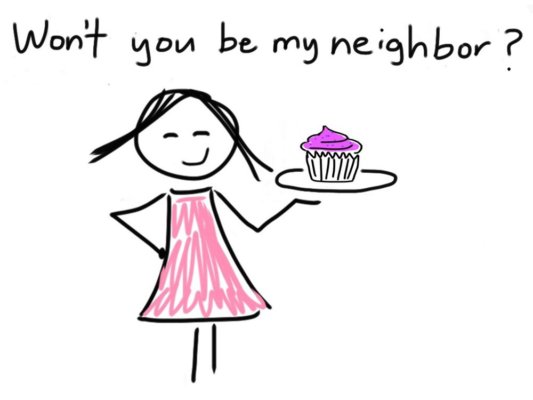
 The number of threats can be overwhelming.
The number of threats can be overwhelming. 
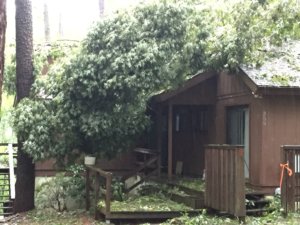 Hurricane Florence is the second hurricane our CERT has been involved with. Two years ago, we were activated for Hurricane Matthew – high winds, heavy rain, over 500 downed trees and some damaged homes. We learned a lot from the Matthew experience and identified areas where we could improve performance.
Hurricane Florence is the second hurricane our CERT has been involved with. Two years ago, we were activated for Hurricane Matthew – high winds, heavy rain, over 500 downed trees and some damaged homes. We learned a lot from the Matthew experience and identified areas where we could improve performance.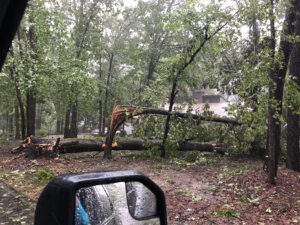 Coordinate frequently with the organization directing your team. Our team reports to the Director of Emergency Services. Learn who else will be out there responding and what can they do for you and vice versa. There are many organizations in your community that will be operating during a disaster response – EMS, fire departments, Red Cross, law enforcement, neighborhood security forces, transportation agencies, Baptist Men’s Group, and the list goes on. You’re going to see them all when the disaster strikes – get to know them now.
Coordinate frequently with the organization directing your team. Our team reports to the Director of Emergency Services. Learn who else will be out there responding and what can they do for you and vice versa. There are many organizations in your community that will be operating during a disaster response – EMS, fire departments, Red Cross, law enforcement, neighborhood security forces, transportation agencies, Baptist Men’s Group, and the list goes on. You’re going to see them all when the disaster strikes – get to know them now.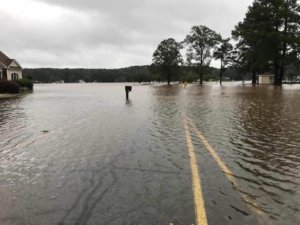 Good radio communication is extremely important and never seems to go the way you want. Carolina Trace CERT issues a MURS radio (short-distance Multi-Use Radio Service, limited to 2 watts power) to every team member. It’s our go-to radio for intra-team operations because they are relatively inexpensive, we can add more powerful antennas for increased range and there is no licensing requirement. We encourage our CERT volunteers to become Amateur “Ham” radio operators. Ham radios are great when it comes to reaching out to others in an emergency.
Good radio communication is extremely important and never seems to go the way you want. Carolina Trace CERT issues a MURS radio (short-distance Multi-Use Radio Service, limited to 2 watts power) to every team member. It’s our go-to radio for intra-team operations because they are relatively inexpensive, we can add more powerful antennas for increased range and there is no licensing requirement. We encourage our CERT volunteers to become Amateur “Ham” radio operators. Ham radios are great when it comes to reaching out to others in an emergency.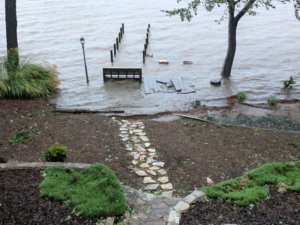 We were prepared when the cone of uncertainty indicated we were at risk. Florence brought us tropical storm force winds and fifteen to twenty inches of rain (depending on where you lived in the County). Some homes were damaged, many trees were toppled and several roads are still impassable due to flooding. We offered support to the county shelter and checked on neighbors when it was safe to venture out. We also provided damage assessments to the fire department and the county Emergency Operations Center.
We were prepared when the cone of uncertainty indicated we were at risk. Florence brought us tropical storm force winds and fifteen to twenty inches of rain (depending on where you lived in the County). Some homes were damaged, many trees were toppled and several roads are still impassable due to flooding. We offered support to the county shelter and checked on neighbors when it was safe to venture out. We also provided damage assessments to the fire department and the county Emergency Operations Center.


